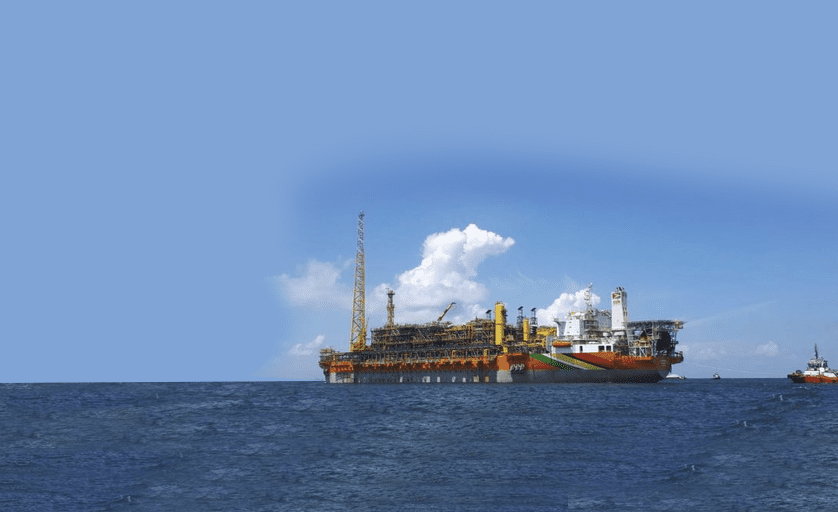The volume of revenue flows to Guyana and the Stabroek block consortium is dependent on the timely development of oil resources, 75% of which is still to be developed with the Payara project accounting for 16%.
The findings of a new study conducted by UK-based consultancy group Wood Mackenzie shows that a 6-phase development of Guyana’s offshore oil fields will see a gradual ramp up in production, hitting a peak of close to 1.2 million barrels a day in the 2028-2029 period.
Based on the current level of production in Latin America and the Caribbean, this would make Guyana the third largest oil producer in the region, behind Brazil and Mexico.
According to the WoodMac study, the sanctioned projects so far – Liza Phase 1 and 2 – account for about 25% of the Stabroek resources with phase 3, which includes Payara, Pacora and Liza Deep, accounting for 16%.

“This is important because it illustrates the effect two things would have in this base case; the first one is what happens when there is an increase in price, the second one is what happens if the phase 3 and subsequent phases are delayed,” WoodMac’s Juan Agudelo, Director Consulting said. He was at the time doing a presentation of the study to reporters on a webinar, facilitated by OilNOW. Agudelo was joined by WoodMac colleague, Michael Steinhacker, VP Upstream Consulting.
On the matter of price, Agudelo said Stabroek’s value would increase 70% from a US$40 to US$50 Brent price change while state share would be maintained at 50 to 60%.
Agudelo explained that project delays to phase 3 of the Stabroek development could erode up to US$2.2 billion of overall project value if stalled for 3 years. Additionally, Guyana’s share value could decrease by an estimated US$4.5 billion, reducing from a high of close to US$28 billion to a low of just over US$23 billion.
A more than 4-month delay in elections results has thrown the country of just over 750,000 people into a state of uncertainty and is contributing to the delay in government approvals for oil development projects. The Payara-Pacora development was expected to be sanctioned in 2019 and deliver first oil by 2023 but could now be pushed back by a year or more.
“The important measure here is the value the state also loses by any delay in the project because the revenues, taxes are going to be received later on in the process and because of the time value of the money, the state will lose,” he indicated.
Notwithstanding the challenges with project delays, Agudelo said while several tight oil and other deepwater supply sources are now “out of the money” Stabroek remains viable at prices below US$40. “Stabroek’s breakeven is lower than new discoveries in Guyana and Suriname,” he pointed out, in addition to countries such as Mexico, Angola, Colombia, Norway and the United States.
Prior to 2015, the Guyana basin (including offshore Guyana, Suriname and French Guiana), was an unproven frontier with more than 45 wells drilled over a span of almost 50 years before the world class Liza discovery.



